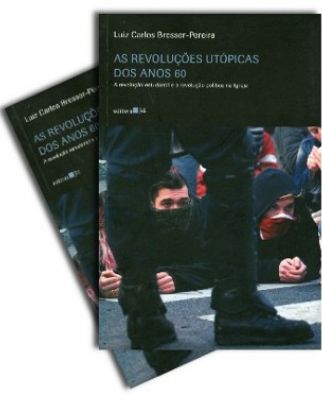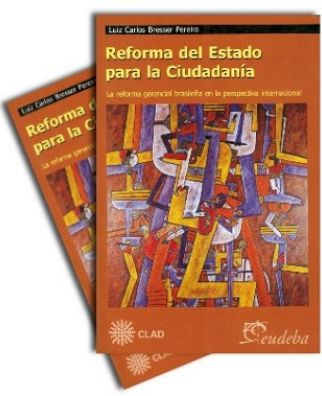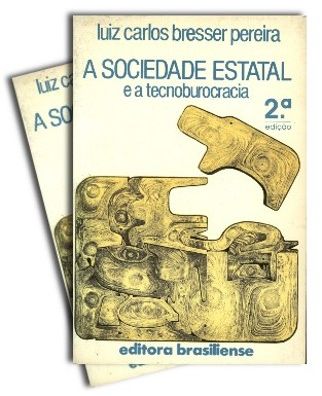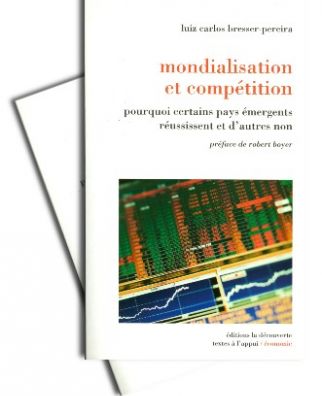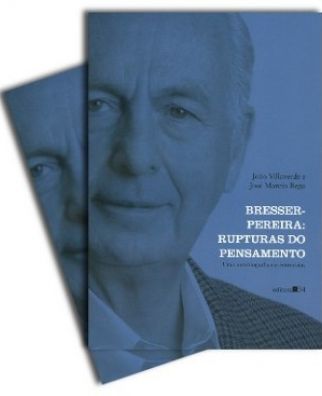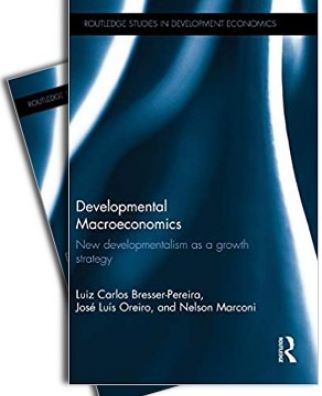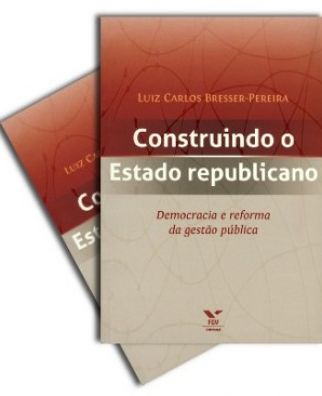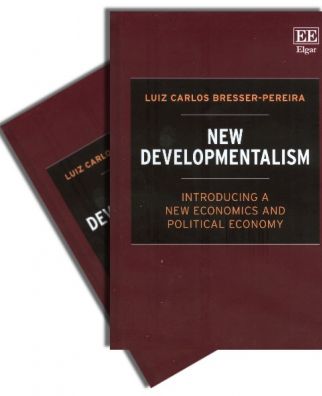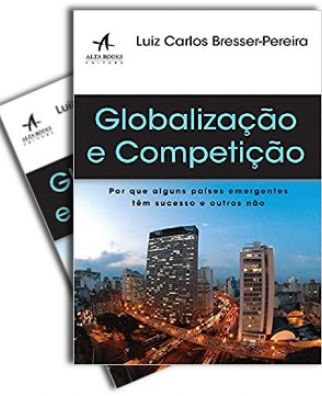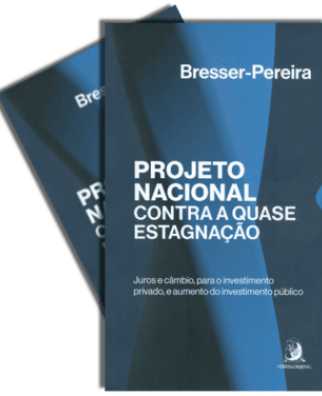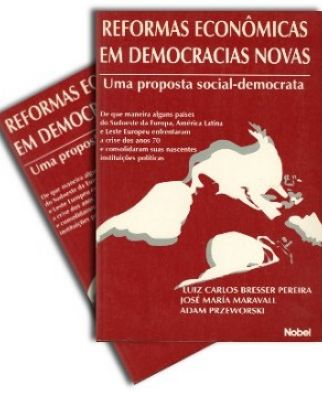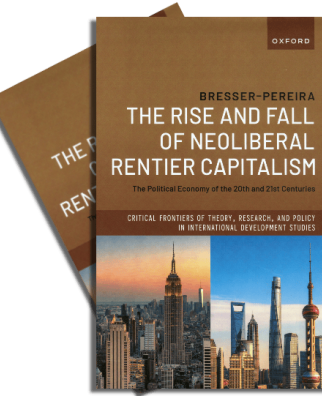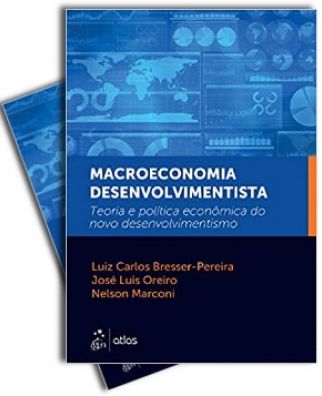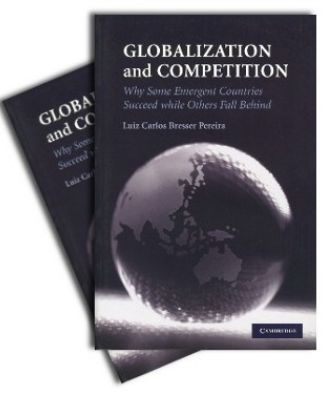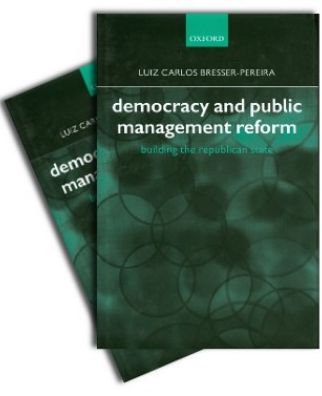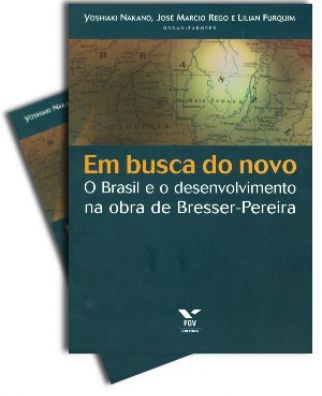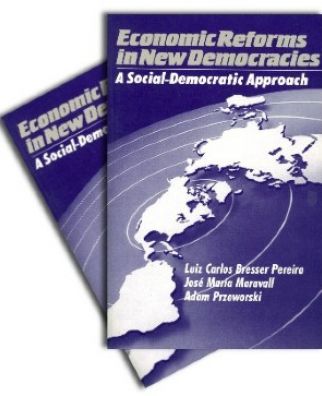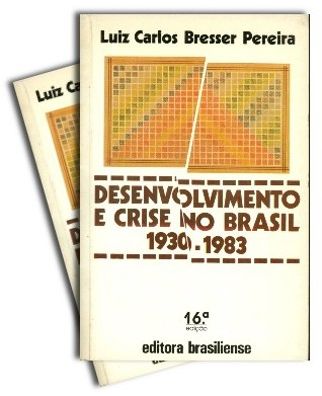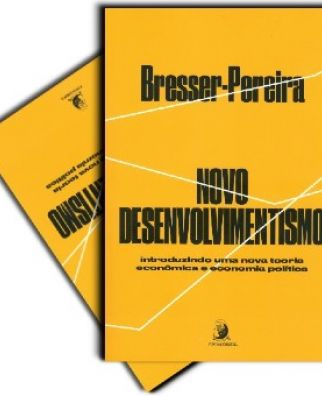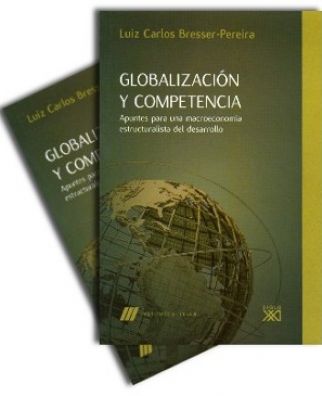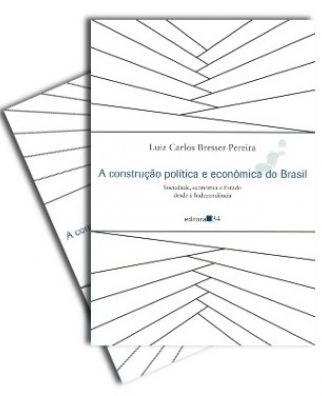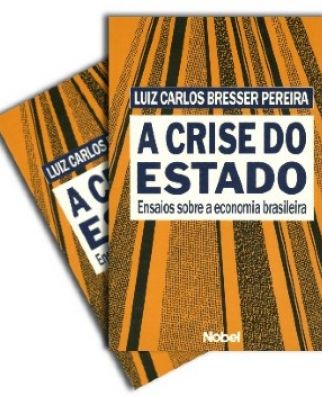2023. Sob Lula e Haddad, a confiança no Brasil está sendo restabelecida, a economia está normalizando, e o câmbio está voltando a se apreciar (Artigo Jornal GGN)
BRAZILIAN ECONOMY
INTEREST RATE & EXCHANGE RATE - BR
2018. Given the Dutch disease, we should not make the trade agreement with the European Union but use import tariffs to neutralize the disease. (Folha de s.Paulo).
2016. The crisis made the exchange rate right. Now is the momement to adopt an "exchange rate retention, which neutralizes the Dutch disease, so blocking the tendency to the overvaluation of the exchange rate existing in developing countries. (Op ed: Valor)
2010. The tendency to the cyclical overevaluation of the exchange rate in developing countries is easily seen in Brazil. (Paper in edited book)
2010. Livro que contém os trabalhos apresentados no 4o. Fórum de Economia da Fundação Getulio Vargas.
2008. In order to transform the "pre-sal" in wealth, not in a curse, it will be necessary to neutralize the embodied Dutch disease. (Debate: Folha de S.Paulo).
2008. The key problem to be solved is how to neutralize the Dutch disease. A 100% national state enterprise may be a good instrument for that. (Article: Folha de S.Paulo).
2008. With Nelson Marconi. In Brazil the Dutch disease is not as serious as in oil countries, but it is sufficiently serious to cause gradual deindustrialization. Paper in edited book. (Paper in Doença Holandesa e Indústria)
2008. The manufacturing industry is growing while it is prematurely desindustrializing due to moderate but not neutralized Dutch disease. (Article: Folha de S.Paulo).
2007. Short interview on the Dutch Disease in Brazil. (O Estado de S.Paulo).
2007. If we compare the real and effective exchange rate in Brazil before 1990-92 with the present one, it will be clear that Brazil is victim of the Dutch disease. Before that, we were able to neutralize it we are not anymore, and the consequence is disastrous to the Brazilian economy. (Article: Folha de S.Paulo)
2006. The causes of the desindustrialization and quasi-stagnation of the economy are a non-neutralized Dutch disease and the policy of growth with foreign savings. (Article: Folha de S.Paulo)
2006. Writing a book on entrepreneurial agriculture, Antonio José de Oliveira Costa understood the risk that the Dutch Disease represents to farmers. (Preface to Agricultura Empresarial)
2005. In this small article I drafted for the first time my model of the Dutch disease with two equilibrium exchange rates. And related it with deindustrialization and quasi-stagnation. (Article: Folha de S.Paulo).
2003. The perverse macroeconomic model of the Brazilian economy combining high interest rate and low exchange rate with growth with foreign savings and quasi-stagnation. (Paper: Análise Econômica)*

